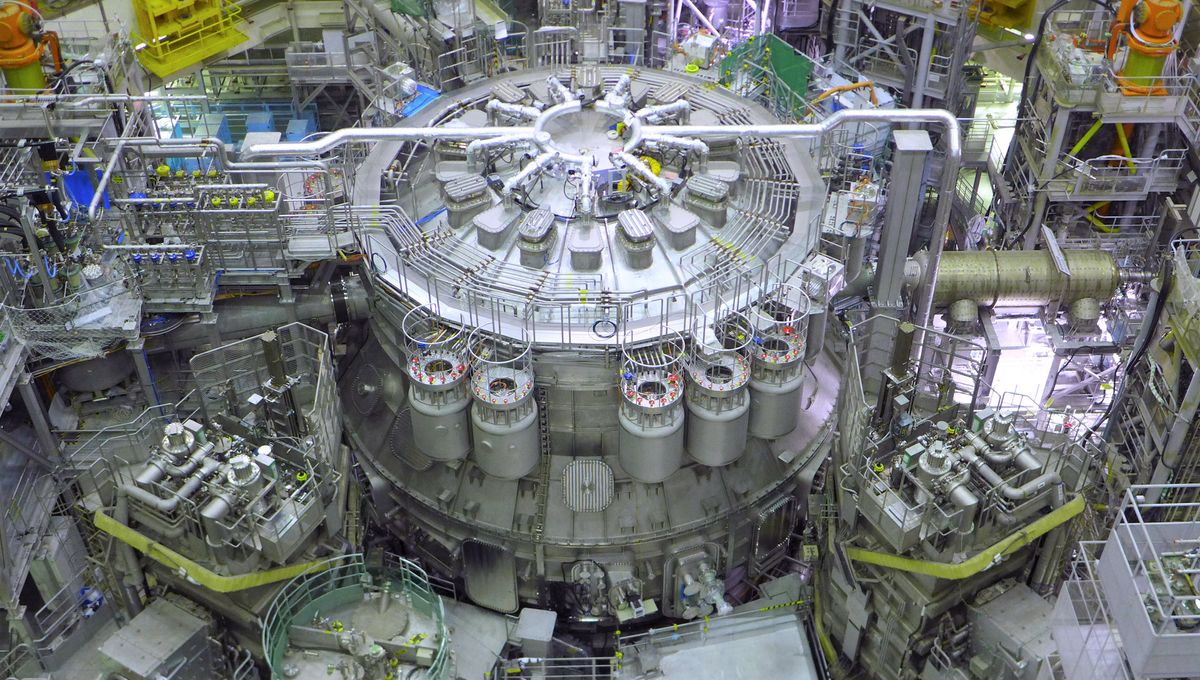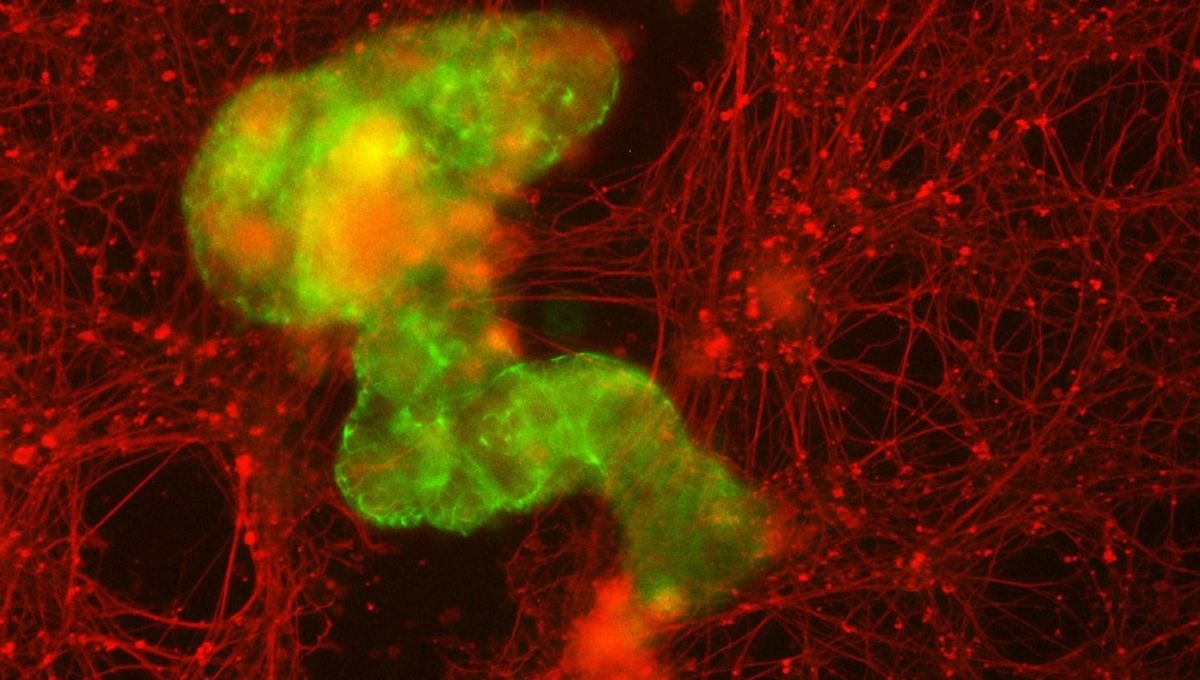Prepare to witness a groundbreaking achievement in the world of nuclear fusion. The goal of this remarkable reactor is to prove that it can generate more energy than it consumes. Yes, you read that right – more energy out than in! Nuclear fusion, the same process that powers stars, holds the potential to unleash an incredible amount of clean, carbon-free energy. However, recreating the intense conditions found at the heart of stars requires a significant investment of energy. And that’s where the challenge lies.
While a different fusion method called inertial confinement fusion has shown some net gain in the past year, it still falls short of being commercially viable. In contrast, this tokamak design heats up plasma within a powerful magnetic field to a mind-boggling temperature of up to 200 million degrees Celsius (360 million degrees Fahrenheit). The currents flowing through it reach a staggering 1 million amps, far surpassing the mere 15 to 20 amps carried by a household circuit.
But fear not, for researchers believe that scaling up the reactor will unlock even greater energy extraction. That’s why ITER, a larger version of this tokamak, aims to achieve burning plasma by 2035 and full fusion shortly after. Meanwhile, the JT-60SA project is already making strides in reactor development, with the first plasma successfully circulating in October, albeit with lower currents.
“What unfolds here today will shape the future of fusion energy in our quest for a carbon-free world. JT-60SA plays a pivotal role in the international fusion roadmap, offering a unique opportunity to operate and learn from this extraordinary fusion device, and to share that invaluable knowledge with ITER,” declared Marc Lachaise, director of Fusion for Energy, during the inauguration.
Fusion for Energy is responsible for the European Union’s contribution to ITER, an ambitious project involving 35 countries including the EU, Switzerland, the United Kingdom, India, Japan, Russia, China, and the United States. Located in the south of France, ITER is set to witness its first fusion plasma in 2025.








